Pictures show new £12 million building to reduce waiting times at Northampton's A&E
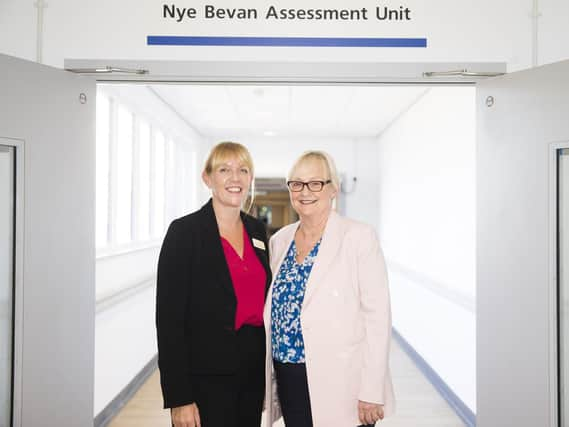

The Nye Bevan Building Emergency Assessment Unit, named in honour of the architect of the NHS, is a £12 million investment by NGH providing 60 beds, a mix of small wards and individual rooms including dedicated rooms for vulnerable patients who might need end-of-life care or who are suffering from infection.
Patients will attend following a referral by their GP, the A&E department or by ambulance admission, and after assessment, a patient may be discharged home with a care plan.
Advertisement
Hide AdAdvertisement
Hide AdConsultant in Emergency Care Medicine Dr Tristan Dyer will co-ordinate the relationship between A&E and the Nye Bevan Building
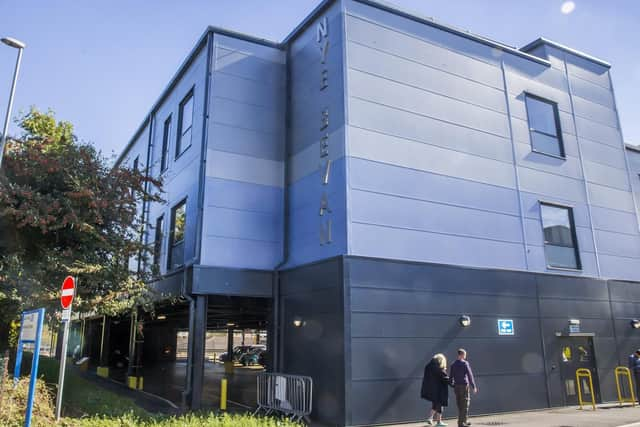

He said: "Critically ill patients will still go to the emergency department. Patients that are deemed stable by the ambulance service or their GP will come over here directly.
"At the moment everybody goes through A&E so by them coming over here we are again relieving some of the pressure on the department by doing that."
However, the overall bed capacity has not increased, instead the new building gives medics the opportunity to work differently, avoiding unnecessary admissions to the hospital and helping patients to get back home quickly.
Advertisement
Hide AdAdvertisement
Hide AdBetween 2017 and 2018 NGH saw 336 patients, on average, every day, which was a 5.5 per cent increase on the previous year.
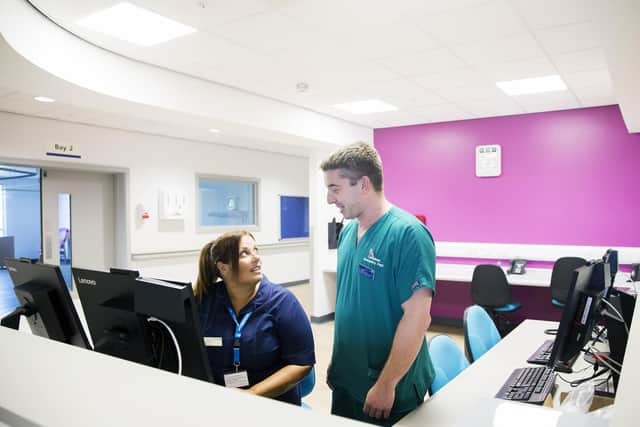

The new building will provide the space and skills to rapidly assess the condition of acutely-unwell patients before deciding on the most appropriate care and treatment plan.
It will be staffed by a dedicated team of consultants, nurses, assistant practitioners and healthcare support workers with specialist support from other services across the hospital.
From Wednesday onwards, it is expected that A&E will be freed up to have the space to treat those who are really in need of emergency treatment, and waiting times will be shortened.
Dr Dyer added that there will be a new way of working.
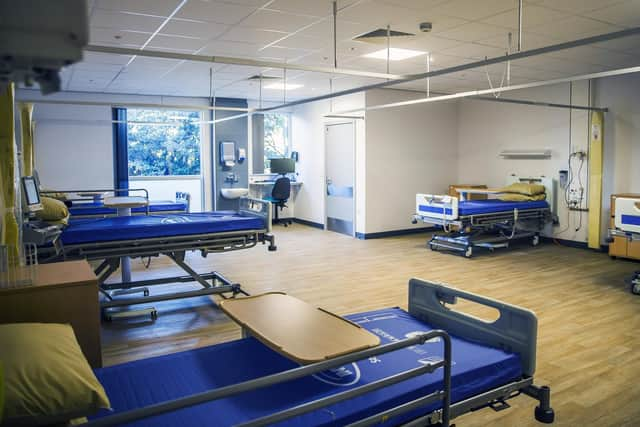

Advertisement
Hide AdAdvertisement
Hide Ad"At the moment patients might see somebody quite junior who speaks to their boss, but we are putting senior doctors at the front door for early assessment and that will decide whether a patient absolutely needs to come into hospital, whether they need a few investigations and have to go home, or there might be alternative service they can go to.
"By doing that early on we sift out the patients who don’t need as much time from the clinicians.
“We alleviate the pressure by being efficient with our resources."
New features have also been installed for the medics to give them a quicker way of working.
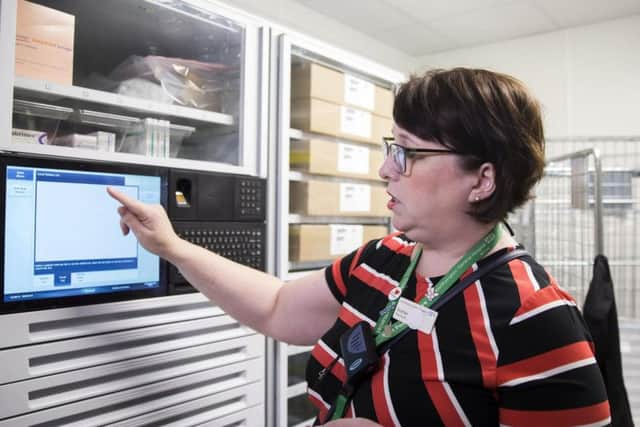

Advertisement
Hide AdAdvertisement
Hide AdThis includes a drugs cabinet with a finger-print scanner so they can retrieve patients’ drugs in under 30 seconds and computers, with patients logs, will be near the bedsides.
If a patient needs to stay in for further assessment for less than 24 hours, they will stay on Walter Tull Ward in the Nye Bevan Building and if they require up to 48-hour assessment or treatment, they will stay on the Esther White ward.
If they need treatment that will take longer than 48 hours, they will be admitted to a ward in the main hospital.
Dr Sonia Swart, the chief executive officer at Northampton General Hospital, said: "We know that a good environment has a big impact on staff and a big impact on patients, and the two are related.
Advertisement
Hide AdAdvertisement
Hide Ad”It’s good for patients to come to a facility that actually looks fit for purpose, like a modern hospital, and has the right sort of equipment - up-to-date IT, decent bathrooms and all that.
“Staff will be really happy here.
"The principle will be that people who really need emergency care will still be in the resus and majors department of A&E.
"People who need assessment and possibly need to come into hospital will have a slightly calmer environment up here but that doesn't mean that it won't be a rapid assessment because the whole principle is to get it done quickly."